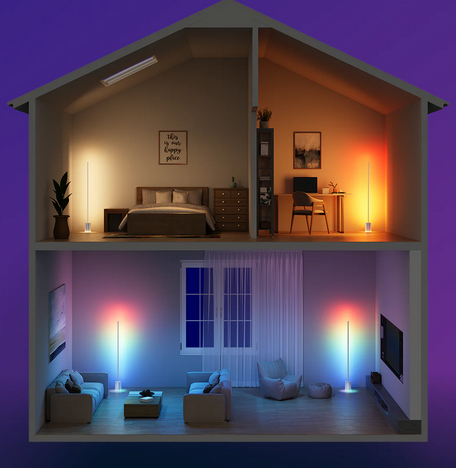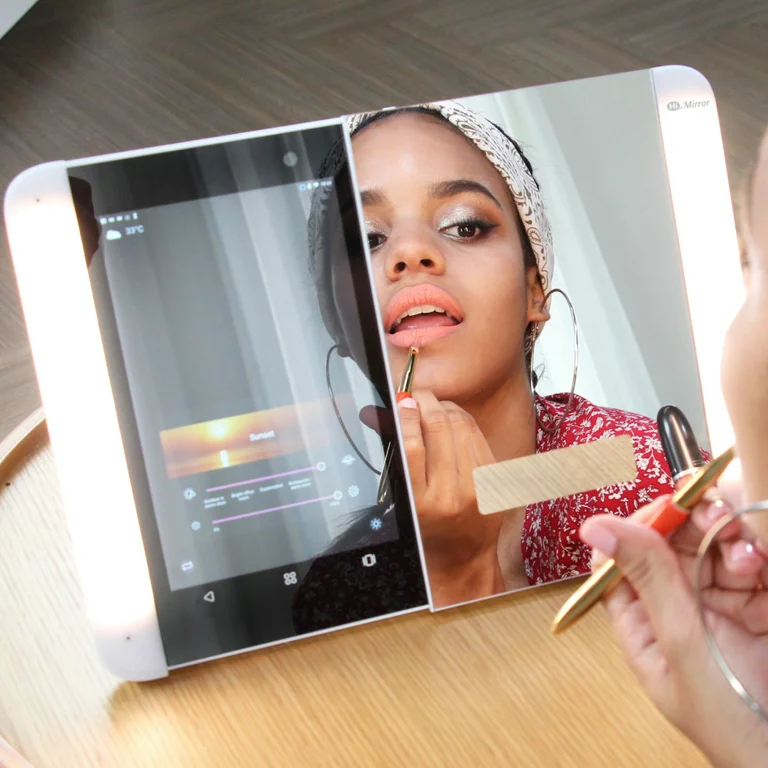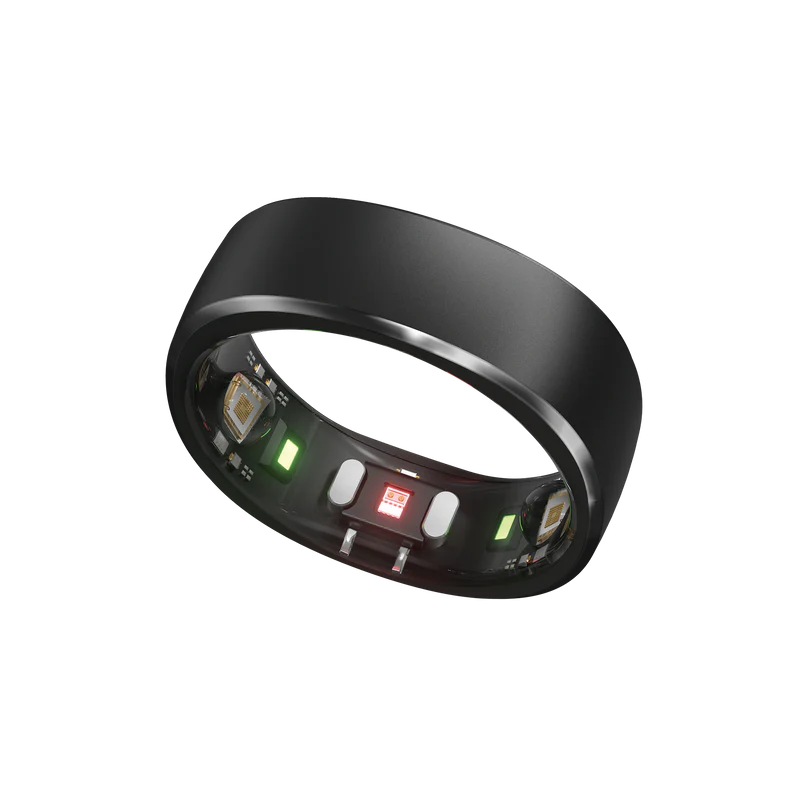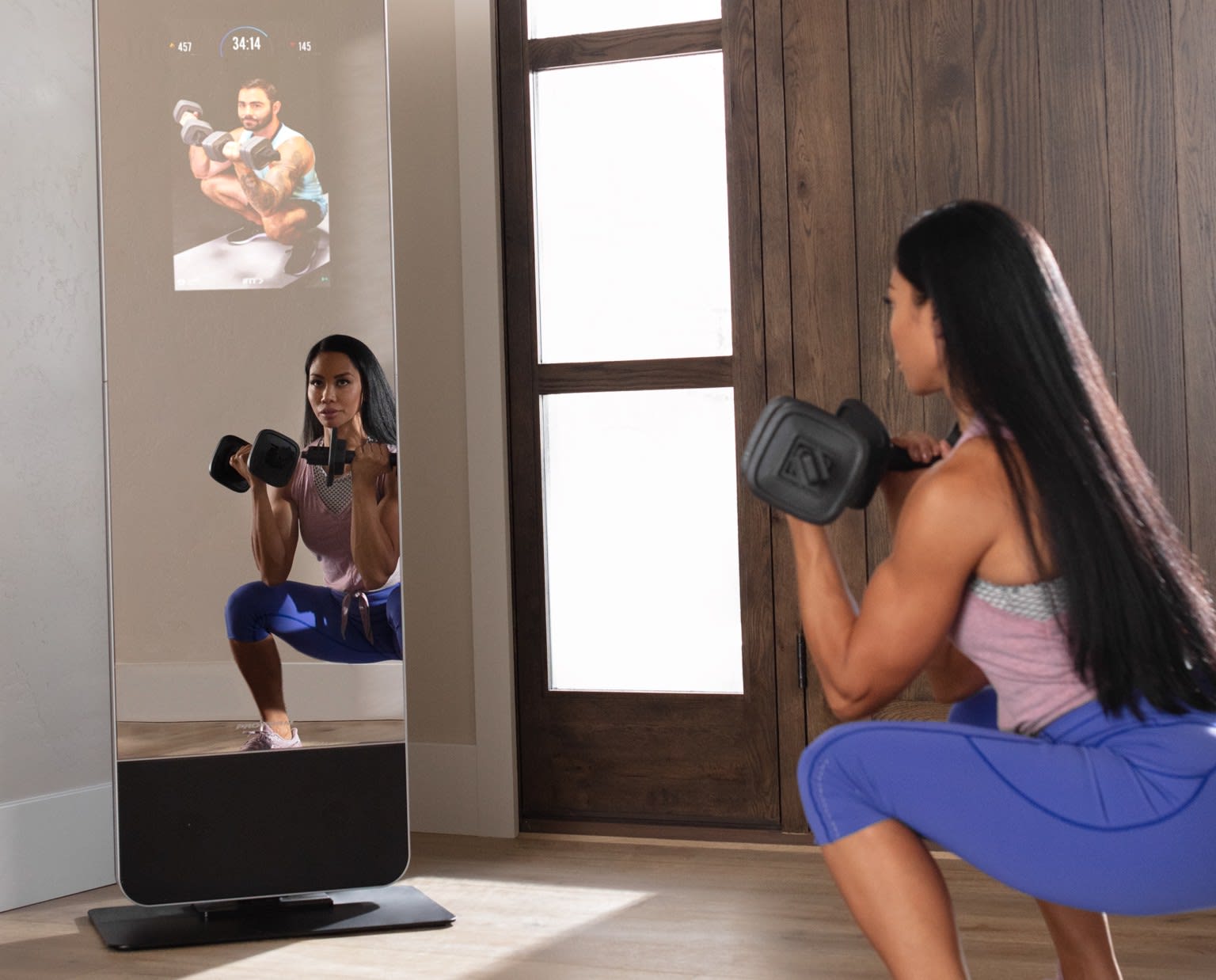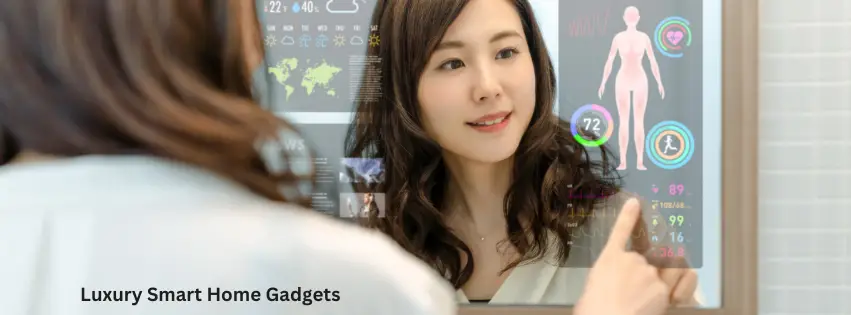The future of smart homes is looking bright! In the coming years, we can expect to see more and more homes becoming “smart.” What does this mean? Basically, it means that our homes will become increasingly automated and connected. We will be able to control many aspects of our home using technology, from turning on the lights to locking the doors. This revolution is the future of home automation and it is already happening. If you’re curious about what to expect in the future of smart homes, read on!
Smart Home Will Adopt to Evolving Culture and Economy
The way we use our homes is changing. With the rise of the gig economy, more and more people are working from home. At the same time, advances in technology are making it possible to automate many tasks that were traditionally done by humans, from cooking and cleaning to child care and home security. As a result, homes of the future will be very different from the homes of today. They will be more connected and automated, and they will need to be designed to accommodate a variety of activities. In short, the future of the home is likely to be far more flexible than it is today.
Another big change that is coming to our homes is the way we heat and cool them. In the future, we will be able to use smart thermostats to automatically adjust the temperature in our homes based on our needs. This will not only make our homes more comfortable, but it will also help us save energy and money.
What features will be included in the home of the future
The home of the future will be a very different place from the homes we live in today. For one thing, it will be much more connected to the outside world. The Internet of Things will ensure that our homes are constantly communicating with the rest of the world, and we will be able to control everything from the comfort of our living rooms.
In addition, homes of the future will be much more energy-efficient. Thanks to advances in solar and other renewable technologies, we will be able to power our homes completely from renewable sources. And finally, homes of the future will be much more customizable. Thanks to 3D printing and other emerging technologies, we will be able to create customized furniture and fixtures that perfectly suit our needs and taste. So what will the home of the future look like? It’s connected, it’s sustainable, and unique.
These are just a few of the ways that the future of smart homes is looking bright! In the coming years, we can expect to see more and more homes becoming “smart.” What does this mean? It means that our homes will become increasingly automated and connected. We will be able to control many aspects of our home using technology
What challenges will we face when it comes to designing and building smart homes
As more and more devices become connected, the idea of the smart home is becoming a reality for many people. While this technology has the potential to make our lives easier and more efficient, some challenges need to be addressed. One of the biggest challenges is data security. When devices are connected to the internet, they are also vulnerable to hackers. This means that personal data and information about our daily routines could be at risk.
Another challenge is privacy. If we are constantly being monitored by our smart devices, how much privacy will we have in our own homes? how are the big tech companies like Google, Amazon and Meta are using this data? These are just some of the challenges that need to be addressed when it comes to designing and building smart homes.
SMART HOMES AND AI
Technology has changed the way we live in innumerable ways, and one of the most fascinating is the rise of the smart home. Powered by artificial intelligence (AI), smart homes can learn our habits and preferences, providing a level of convenience and comfort that was once unimaginable. From controlling the temperature and lighting to playing our favorite music and ordering groceries, AI-enabled devices have made our lives easier in countless ways. And as smart homes become more commonplace, they are only going to become more sophisticated, with ever-more innovative features that make our lives even easier.
SMART HOMES DEVICES YOU CAN START USING TODAY
If you’re looking to get started with smart home technology, there are a few different devices you can use to get started.
Philips Hue Smart lights
Hue smart lights allow you to control the lighting in your home using your smartphone.You can control when the lights will be turned on and off, the colors of the lights and you can do that from anywhere basically.
Nest Thermostat
Thermostats like the Nest Learning Thermostat, can help you save money on your energy bill by learning your heating and cooling preferences and also adjusting them according to the weather.
Smart Security
Smart video doorbells, smart locks, cameras, smart windows, driveway alarms all can be controlled remotely and help you monitor the inside and outside of your home.
Smart Hubs
Devices like the Amazon Echo and Google Home, which provide voice-controlled access to many different smart home features and can integrate with almost any smart device in your home.
LIVE EXAMPLES OF SMART HOME INTEGRATIONS
So What is The Future of Smart Homes?
While the term “smart home” may conjure up images of Jetsons-Esque houses where everything is automated, the reality is that many of the features that will make up tomorrow’s smart homes are available today. In fact, homes are already beginning to adopt some of these technologies, and it’s not hard to imagine a future where all homes are connected and controlled by a central computer system.
FAQ
What are some of smart home future trends?
Some of the trends in smart home technology that we can expect to see in the future include:
Increased use of artificial intelligence and machine learning to make homes more efficient and comfortable.
Voice-activated assistants becoming more common and able to do more tasks.
Homes becoming increasingly “networked” so that they can be controlled from anywhere in the world.
An increase in the use of biometric sensors to control access, security, and comfort within homes
How many smart homes are there?
According to statista there are Over 130 million households with at least one smart speaker, according to Statista data.

